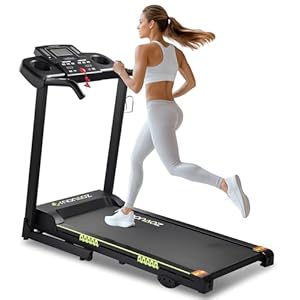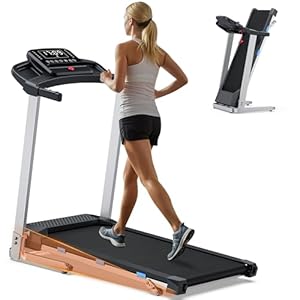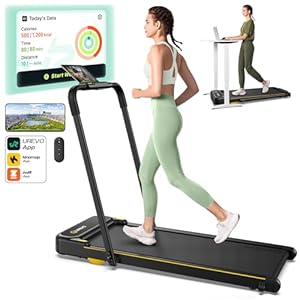
If you’ve ever wondered about the disparities between jogging and running, it’s not just about the speed. The nuances in impact, energy output, and technique can significantly affect your workout experience. Understanding these distinctions can help you optimize your fitness routine and achieve your goals more effectively. So, let’s delve into the finer points of what sets jogging apart from running and how each activity can impact your overall fitness journey.
Speed and Pace Variances
Have you ever wondered how jogging differs from running in terms of speed and pace?
Jogging typically involves a more relaxed pace, often described as a comfortable and sustainable speed where you can hold a conversation without feeling completely out of breath. It’s a great way to build endurance and improve cardiovascular health without pushing yourself to the limits.
On the other hand, running is generally faster and involves a quicker pace, pushing your body to work harder and challenging your cardiovascular system more intensely. Runners often aim for specific time goals or distances, focusing on speed and performance rather than just maintaining a steady rhythm.
When you jog, your pace is usually around 4 to 6 miles per hour, while running typically involves speeds of 6 miles per hour or more. The distinction between jogging and running based on speed can vary for individuals depending on their fitness level and personal perception. Some may consider a 10-minute mile pace as jogging, while others might see it as running.
Ultimately, whether you prefer jogging or running, both activities offer excellent health benefits and can be tailored to suit your fitness goals and preferences.
Impact on Body and Joints
The impact of jogging and running on your body and joints varies depending on factors such as form, surface, and footwear. When jogging, your feet hit the ground with less force compared to running due to the slower pace. This reduced impact can be gentler on your joints, making jogging a suitable option for those looking for a lower-impact workout. However, if your jogging form is poor, with improper foot strikes or overstriding, it can increase the strain on your joints and lead to potential injuries.
Running, on the other hand, involves higher impact forces as your feet strike the ground with more power and at a quicker pace. This increased impact can put more stress on your joints, especially if you have preexisting conditions or if you consistently run on hard surfaces. Proper running form, supportive footwear, and running on softer surfaces can help reduce the impact on your body and joints, lowering the risk of injuries associated with running.
Energy Expenditure and Intensity
When comparing jogging and running, the energy expenditure and intensity levels differ based on factors like speed and duration of the activity. Running generally requires a higher energy expenditure compared to jogging due to the increased speed and intensity involved. Running at a faster pace elevates your heart rate and burns calories at a quicker rate than jogging. The intensity of running also leads to a higher overall calorie burn per minute compared to jogging.
Jogging, on the other hand, is characterized by a more moderate intensity level. While jogging still provides cardiovascular benefits and burns calories, it typically requires less energy expenditure than running. Jogging at a comfortable pace allows you to sustain the activity for longer durations, making it a popular choice for individuals looking for a lower impact workout. The intensity of jogging can be adjusted by varying your speed and incline to increase the energy expenditure if desired.
Technique and Form Differences
To optimize your performance and prevent injuries, mastering the proper technique and form differences between jogging and running is crucial.
While jogging typically involves a more relaxed form with a slower pace, running demands a more upright posture and quicker stride turnover. When jogging, your foot lands closer to your body, promoting a midfoot strike and reducing impact on your joints. In contrast, running often involves a forefoot strike, which requires stronger calf muscles but can enhance speed.
Additionally, arm movements differ between the two activities; jogging tends to have more relaxed arm swings, while running requires more vigorous arm motion to propel you forward efficiently. It’s essential to maintain a steady breathing pattern regardless of whether you’re jogging or running, but running may demand more controlled and rhythmic breathing due to the higher intensity.
Understanding and practicing these technique and form variances can help you excel in both jogging and running while minimizing the risk of injuries.
Running














